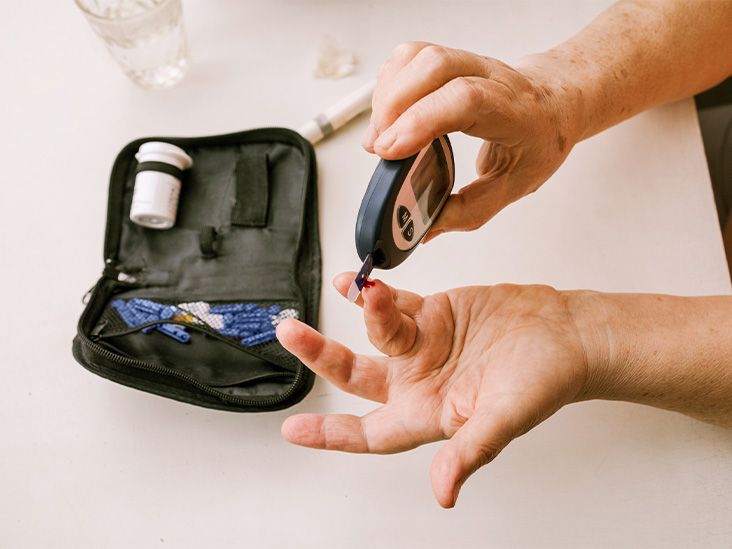Subtypes of narcissistic personality disorder (NPD) may include grandiose NPD and vulnerable NPD. Alternatively, people may also refer to “grandiosity” and “vulnerability” in NPD.
The term narcissism originates from Narcissus in ancient Greek mythology, who became obsessed with his self-image.
NPD defines a psychological condition in which a person may have an inflated sense of superiority, a need for admiration, and be unable to empathize with others.
This article discusses the different types of NPD, how a healthcare professional may diagnose NPD, and the treatment options available.

According to a 2020 review, there are two potential subtypes of NPD. Some people refer to them as grandiose NPD and vulnerable NPD.
Early research indicated that the two subtypes of NPD typically affected different types of people. However, now it appears that those with grandiose NPD can shift between grandiose and vulnerable features. In contrast, those with vulnerable NPD tend to consistently experience more vulnerable features and reduced grandiose features.
Typical traits of the subtypes of NPD can vary widely and can include:
- a feeling of self-importance
- expecting special treatment
- seeking attention and admiration from others
- lacking in empathy
- appearing self-centered to others
Mental health resources
Visit our dedicated hub for more research-backed information and resources on mental health and well-being.
According to
- has high self-esteem
- is very confident
- has a sense of superiority
- is impulsive
- has feelings of entitlement
- is willing to exploit others for self gain
They may be more assertive and extroverted than someone with vulnerable NPD. They often do not:
- experience personal or emotional insecurity
- have negative feelings toward themselves
- care about the thoughts or actions of others
A person with grandiose NPD may also become aggressive and hostile if an individual challenges any of their behaviors.
Additionally, they may ignore advice from experts, which can lead to issues with decision making. However, they will typically appear to remain confident in their decision making and blame others for negative outcomes.
Vulnerable NPD defines a subtype of NPD in which a person will typically feel more negatively toward themselves than someone with grandiose NPD.
- be insecure
- have low self-esteem
- be hypersensitive
- seek out criticism
- be defensive
- have a negative outlook on past events or the future
A person with vulnerable NPD will typically seek attention and validation from others and may become withdrawn and passive if they do not receive it.
People need to note that doctors do not typically diagnose individuals with subtypes of NPD. However, they may consider which grandiose and vulnerable features of NPD a person is experiencing to better understand them.
Healthcare professionals currently recognize NPD as a cluster B personality disorder.
Diagnosing NPD may take several assessments, as it is
Several interview structures may help a healthcare professional diagnose NPD. These include the five-factor narcissism inventory and the Narcissistic Personality Inventory.
These interview structures involve asking a person a series of questions examining personal history, mental health status, and personality traits.
For a formal diagnosis of NPD, a person must meet at least five of the diagnostic criteria for NPD, which include:
- displaying a grandiose sense of self-importance, such as exaggerating skills, talents, and achievements
- believing they are superior to others
- expecting special treatment
- being preoccupied with success, power, beauty, and appearing to be “perfect”
- needing excessive attention and admiration from others
- exploiting others
- displaying a lack of empathy
- being envious of others or believing others are envious of them
- displaying arrogant behaviors
Treatment for NPD
There are not currently any Food and Drug Administration (FDA)-approved medications to treat NPD.
Some research suggests there are two subtypes of narcissistic personality disorder (NPD), known as grandiose NPD and vulnerable NPD.
When a person has grandiose NPD, they typically have high self-esteem, appear very confident, and have a sense of superiority. When someone has vulnerable NPD, they typically have low self-esteem, can be defensive, and seek attention from others.
A person with NPD may experience aspects of both subtypes, either simultaneously or shifting between the two.


